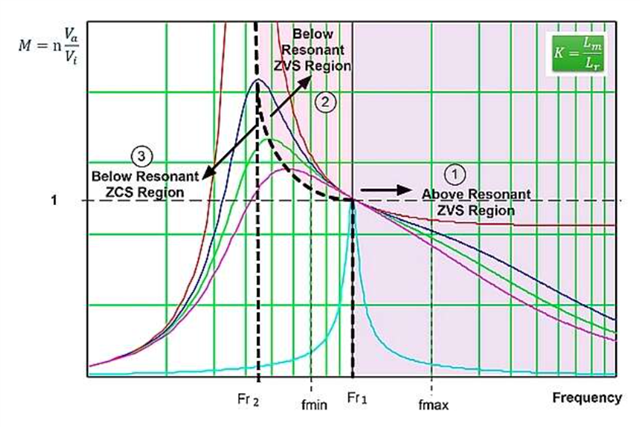Other Parts Discussed in Thread: PMP40766, , TIDA-010081, TIDA-010015, UCC256301, UCC256403
1) Can TIDA-010080 (500W, 48V AC/DC ref design) provide CC output? If not, can it be made to provide CC output by simply replicating the CC control design as in PMP40766 reference design?
2) TIDA-010080 design guide section 2.4.1.2 states that the PFC stage de-rates to 300W at low line inputs (90-127Vac). My understanding is that this means that PFC stage will limit power output to 300W at low line inputs.
However, the efficiency curve for 115Vac input goes out to 500W, showing ~92% efficiency between 300W to 500W output.
I am unclear on how the efficiency curve shows 92% efficiency at 500W when the PFC stage doesn't put out more than 300W at 115Vac input.
3) I have a similar question as (1) on TIDA-010015 (500W, 24V AC/DC ref design) and TIDA-010081 (1kW, 54V AC/DC ref design).
In both TIDA-010080 and TIDA-010081, the sensed current is processed and fed back to the BLK pin of the half-bridge LLC controller UCC256301, while in TIDA-010015 it is fed into the LL/SS pin of the same half-bridge LLC controller UCC256301.
3a) I am trying to understand what the above two feedback mechanisms are accomplishing.
3b) Can TIDA-010015 and TIDA-010081designs be easily modified to perform constant current battery charging?
I would appreciate your help.
Regards,
Nitish


